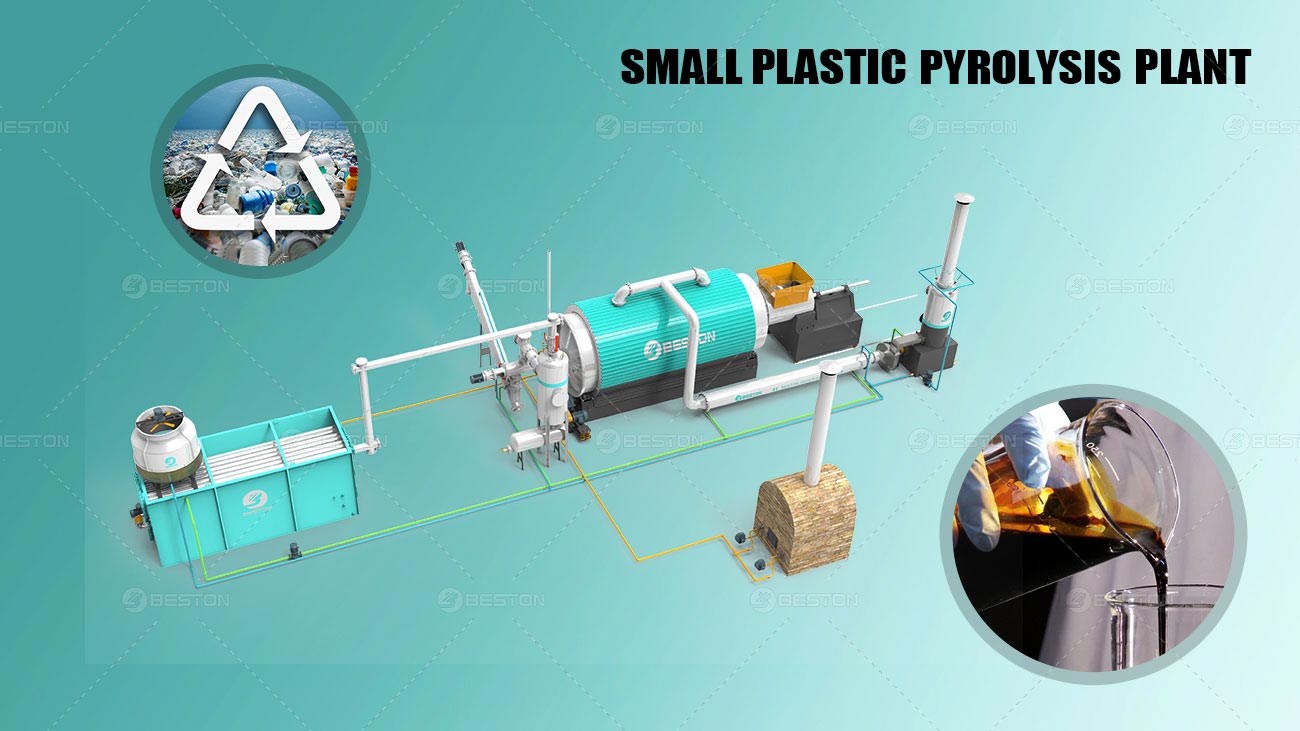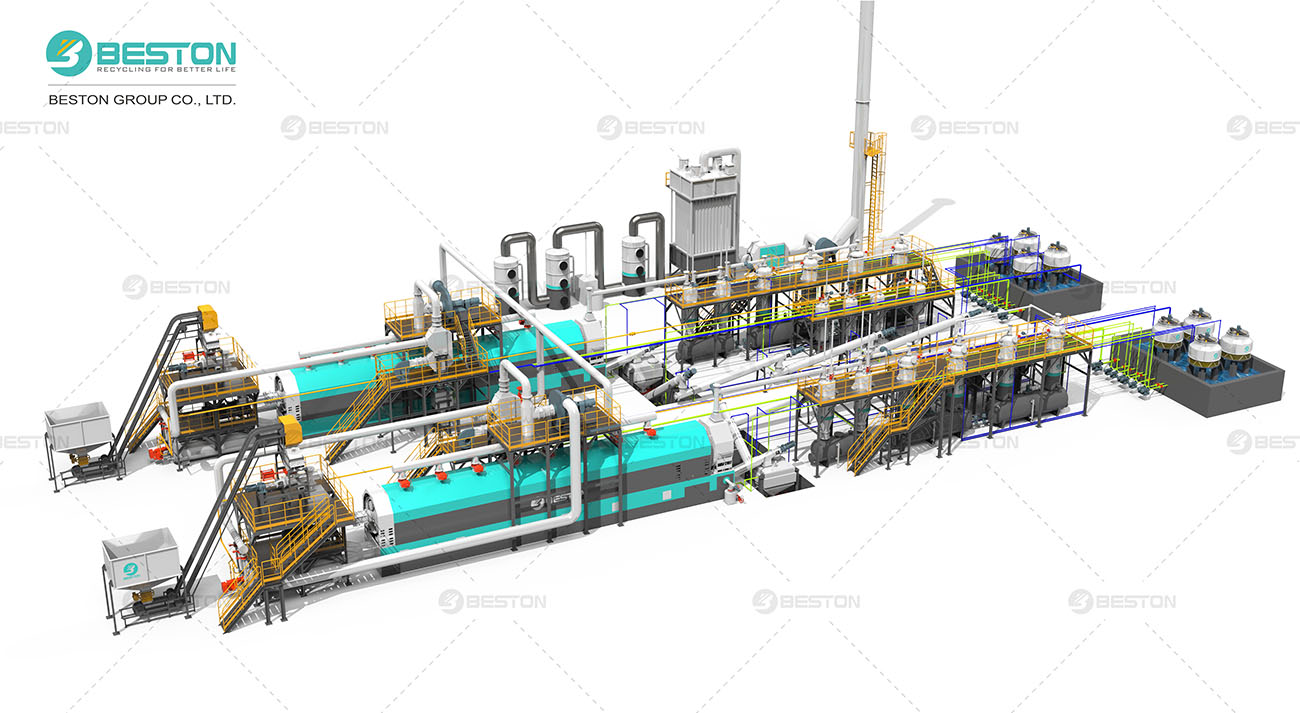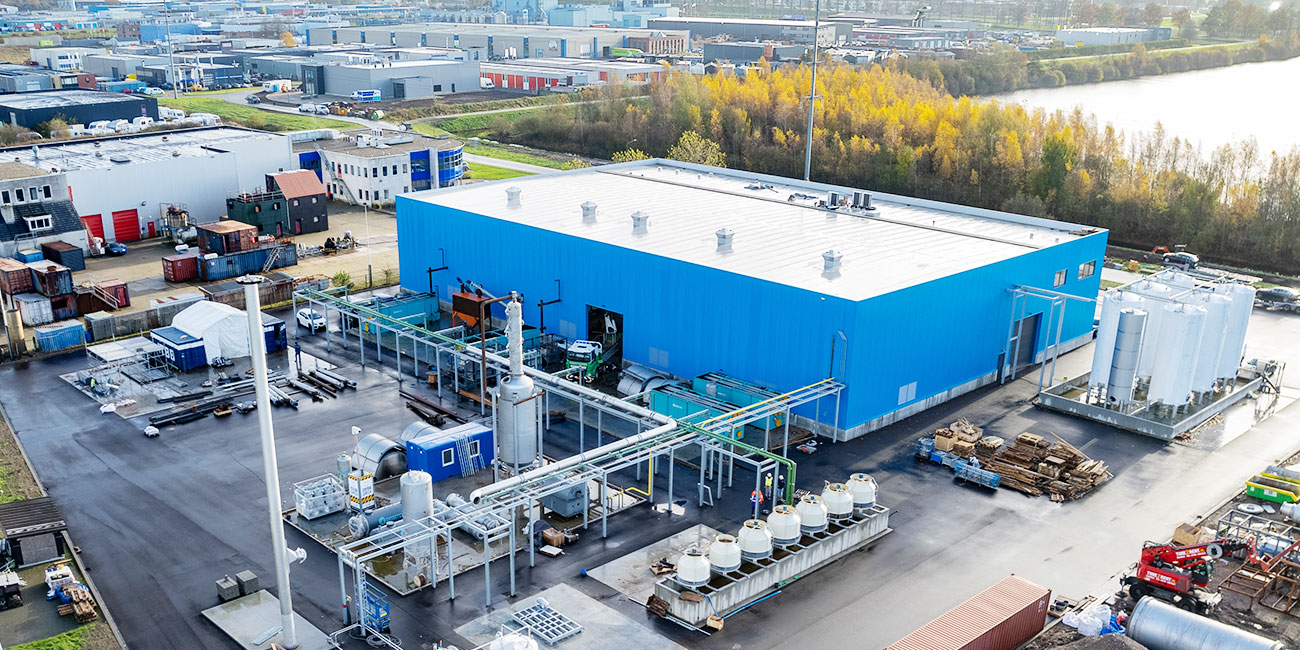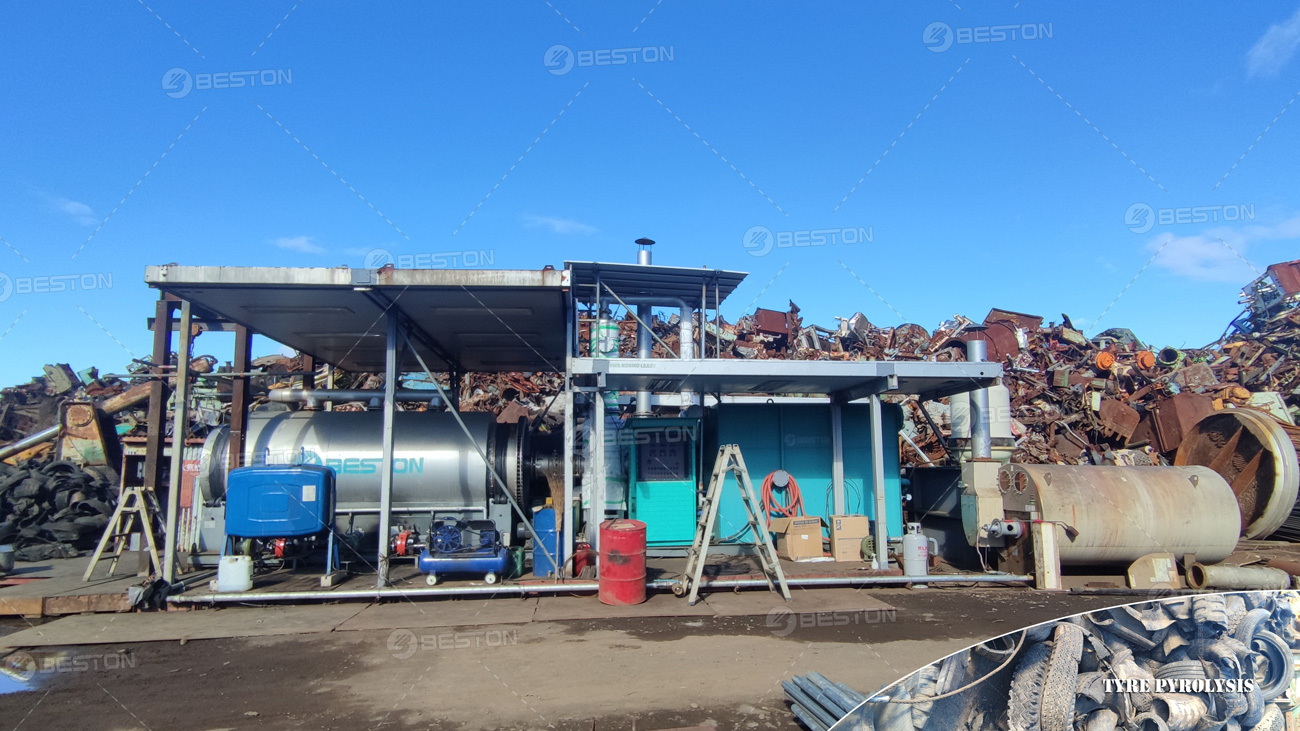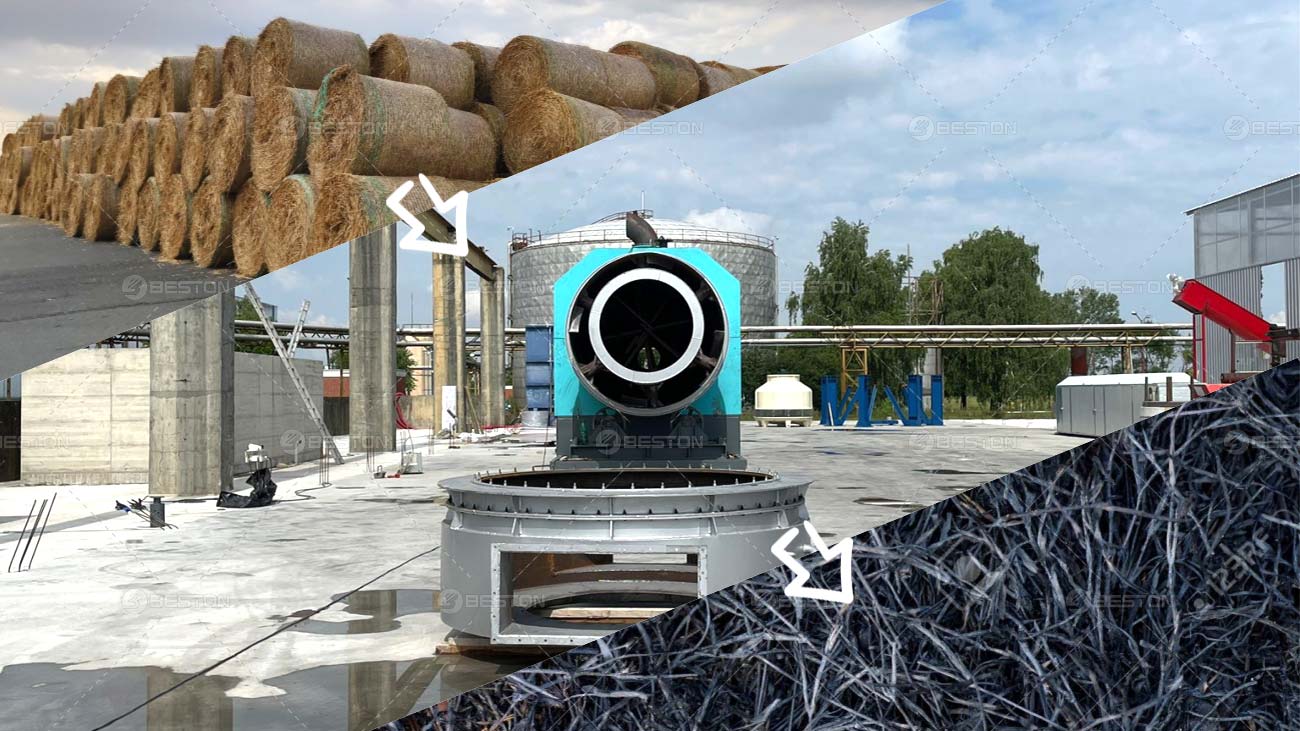In recent years, the focus on renewable energy and sustainable materials has transformed how industries manage waste and produce fuel. Among the many renewable sources available, wood-based biomass has become one of the most sought-after feedstocks for pyrolysis. This growing interest stems from its availability, high carbon content, and its potential to generate valuable by-products while reducing environmental pollution.
Understanding the Process of Biomass Pyrolysis
Pyrolysis refers to the thermal decomposition of organic material under limited oxygen conditions. Unlike combustion, it does not burn the material completely but instead converts it into char, tar, and gases. These products can then be used as fuel, soil enhancers, or chemical feedstock. Industrial systems such as a biomass pyrolysis plant are specifically designed to optimize this process by maintaining stable temperatures, ensuring maximum yield, and reducing emissions.
Wood biomass is especially suited for pyrolysis because of its consistent composition, predictable reaction behavior, and ease of handling. Whether sourced from forestry residues, furniture waste, or agricultural by-products, wood material can be efficiently processed without complex pre-treatment.
Why Wood Biomass Stands Out
There are numerous forms of biomass available — agricultural waste, algae, and municipal solid waste among them — but wood-based materials hold a special position in industrial pyrolysis. One of the main reasons is their uniformity and low moisture content, which make them ideal for thermal conversion. The natural lignocellulosic structure of wood contributes to a stable pyrolysis reaction and a high yield of biochar.
Additionally, the carbonization process in a wood charcoal making machine allows manufacturers to create premium-grade charcoal that serves multiple industries. From metallurgy to agriculture, wood charcoal is valued for its purity and heating efficiency.

Environmental and Economic Advantages
Sustainability plays a central role in the popularity of wood biomass. Pyrolysis of wood not only provides renewable energy but also helps manage waste that would otherwise decompose and emit greenhouse gases. The process sequesters carbon in the form of biochar, which can be used to improve soil fertility and reduce the need for chemical fertilizers.
Economically, wood biomass offers a cost-effective solution for both small and large-scale producers. Many facilities can integrate a sawdust charcoal making machine into their operations to turn sawdust, wood shavings, or chips into valuable carbonized products. This adds value to waste materials that might otherwise be discarded, contributing to a circular economy model.
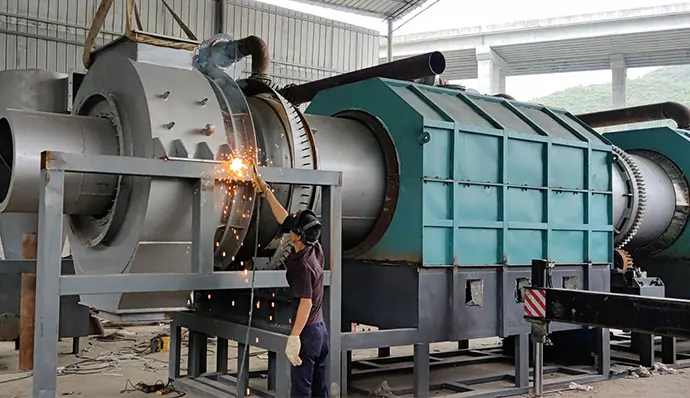
Technological Innovations Driving Efficiency
The efficiency of wood biomass pyrolysis has been enhanced significantly by technological progress. Modern reactors utilize automated temperature control, advanced condensation systems, and real-time monitoring. These innovations minimize energy consumption and maximize product yield. Some systems even recycle the combustible gases generated during pyrolysis to sustain the heat supply, further improving energy efficiency.
Another noteworthy advancement is the modular design of contemporary pyrolysis units. This allows businesses to scale operations according to demand, making wood biomass utilization accessible for both rural enterprises and industrial-scale facilities. The ability to adapt the system for various feedstock types ensures flexibility and long-term viability.
Conclusion
The rise of wood biomass as the preferred feedstock for pyrolysis represents a major shift toward greener industrial practices. Through technological advancements and growing environmental awareness, wood-based pyrolysis has become both a practical and profitable solution. It provides renewable energy, reduces waste, and supports sustainable development — all while paving the way for a cleaner, carbon-neutral future. Don’t hesitate to reach out to Beston Group for further insights.
